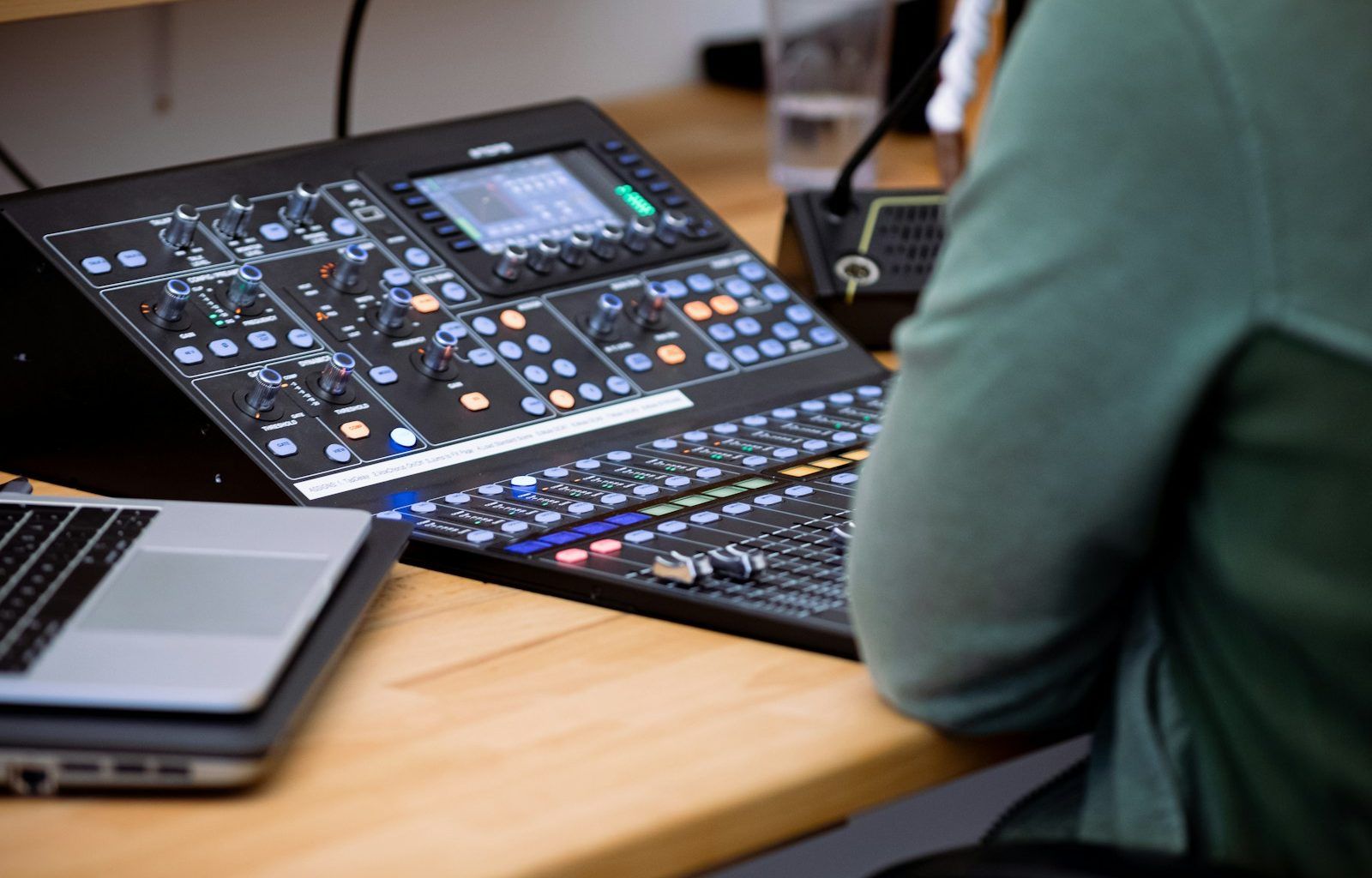how to set up a music studio can be one of the most exciting and rewarding projects for any music enthusiast. Whether you’re an aspiring artist, producer, or someone who simply loves creating sounds, having your own dedicated space to make music is a dream come true. Let’s walk through this journey step by step to how to set up a music studio make sure you get it just right.
Understanding Your Needs
Before jumping into the details, it’s important to figure out what kind of music studio you need. Are you a solo musician? Do you produce beats or record bands? Or maybe you’re a podcaster looking to improve your sound quality. Your purpose will dictate the size, equipment, and layout of your studio.
Take some time to jot down your goals. Think about how often you’ll use the studio and what type of gear you’ll need. This step will save you time and money in the long run.
Choosing the Right Space
Your music studio’s location is crucial. Ideally, pick a quiet spot where you won’t disturb others or be interrupted by external noise. A spare room, basement, or garage could be perfect.
Once you’ve chosen the space, consider the acoustics. A room with fewer windows and hard surfaces is better for sound quality. If you’re starting with a small space, don’t worry—even a corner can work with proper planning.
Planning the Layout
Now that you have a space, it’s time to plan the layout. Think about your workflow. For instance, your main workstation (where your computer and audio interface will go) should be easily accessible. Place your speakers at ear level and in an equilateral triangle with your sitting position for the best sound.
If you’ll have instruments like keyboards or guitars, decide where they’ll fit. Keep cables organized to avoid clutter. A clean, well-organized space will make you more productive and creative.
Investing in Acoustic Treatment
Acoustic treatment is a game changer. Without it, even the best equipment won’t sound great. Acoustic panels, bass traps, and diffusers can help control echo and reduce unwanted noise.
Start with basic foam panels for your walls. Position bass traps in the corners to handle low frequencies. If your budget allows, add a carpet or rug to reduce reflections from the floor.
Picking the Right Gear
Here’s where it gets exciting—choosing your music equipment. The essentials include:
- Computer: A reliable computer with enough processing power for your music software.
- Digital Audio Workstation (DAW): This is your main software for recording and editing music. Popular options include Logic Pro, Ableton Live, and FL Studio.
- Audio Interface: This device connects your instruments and microphones to your computer.
- Studio Monitors: Unlike regular speakers, studio monitors provide an accurate representation of your sound.
- Microphones: Choose a condenser mic for vocals and an instrument mic if you’ll be recording guitars or drums.
- Headphones: Invest in a good pair of closed-back headphones for recording and open-back ones for mixing.
Make sure to research each piece of gear thoroughly to find what suits your budget and needs.
Setting Up Your Studio
Once your equipment arrives, it’s time to set it up. Start by arranging your desk with your computer, audio interface, and studio monitors. Connect all the necessary cables and ensure they’re not tangled.
Position your microphone stand in a convenient spot, ideally with a pop filter to improve vocal recordings. Test everything to make sure it’s working as expected. If something doesn’t seem right, troubleshoot early on to avoid frustration later.
Creating a Comfortable Atmosphere
Your studio should feel like a place you want to spend hours in. Add some personal touches like posters, lighting, or plants. Good lighting can make a huge difference, especially if you’re working late nights.
Also, don’t forget to include a comfortable chair. You’ll be spending a lot of time here, and good posture is essential to avoid fatigue.
Learning as You Go
Setting up a music studio is just the beginning. As you start using your setup, you’ll discover what works and what doesn’t. Be open to tweaking your layout, upgrading your gear, or adding new elements over time.
If you’re new to music production, take some time to learn your DAW. Plenty of tutorials online can help you get started. Don’t rush—enjoy the process of creating music and growing your skills.
Staying Within Your Budget
It’s easy to get carried away when shopping for studio gear. However, you don’t need to spend a fortune to get started. Prioritize essentials first and look for second-hand options to save money. Remember, a basic setup can still produce amazing music if used creatively.
Final Thoughts
how to set up a music studio is a journey. It’s a space where you can bring your ideas to life and express yourself creatively. Take it one step at a time, and don’t hesitate to ask for advice or inspiration from other musicians.
No matter your budget or space, the key is to start. Your music studio doesn’t have to be perfect from day one. The most important thing is to create a space where you can make music and enjoy the process.
For further reading, explore these related articles:
- The Magic of Album Movies: A Journey of Music and Storytelling
- What Do “Bad Bunny Mia Lyrics” Mean? A Simple and Fun Explanation
For additional resources on music marketing and distribution, visit DMT Records Pvt. Ltd..






